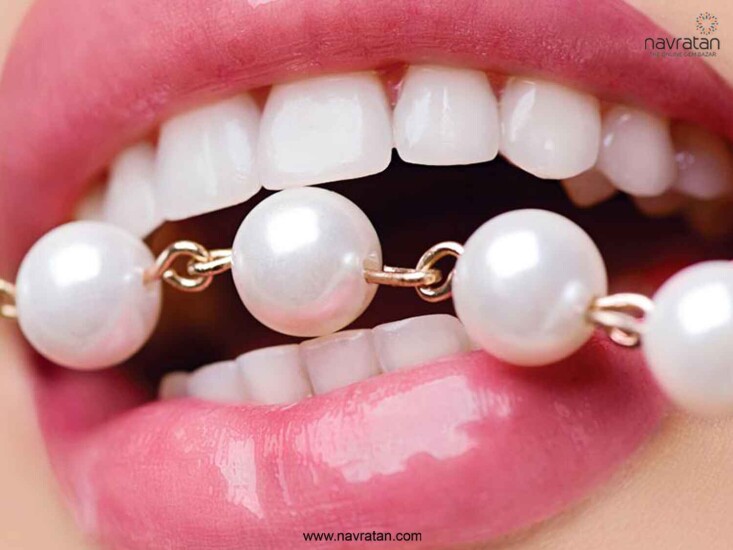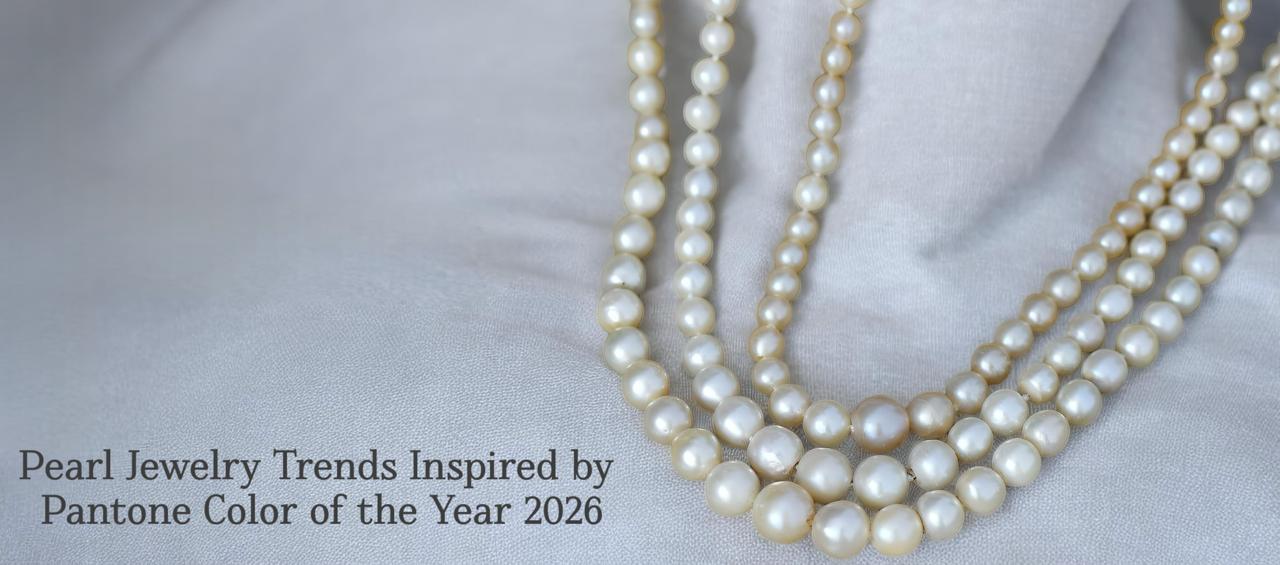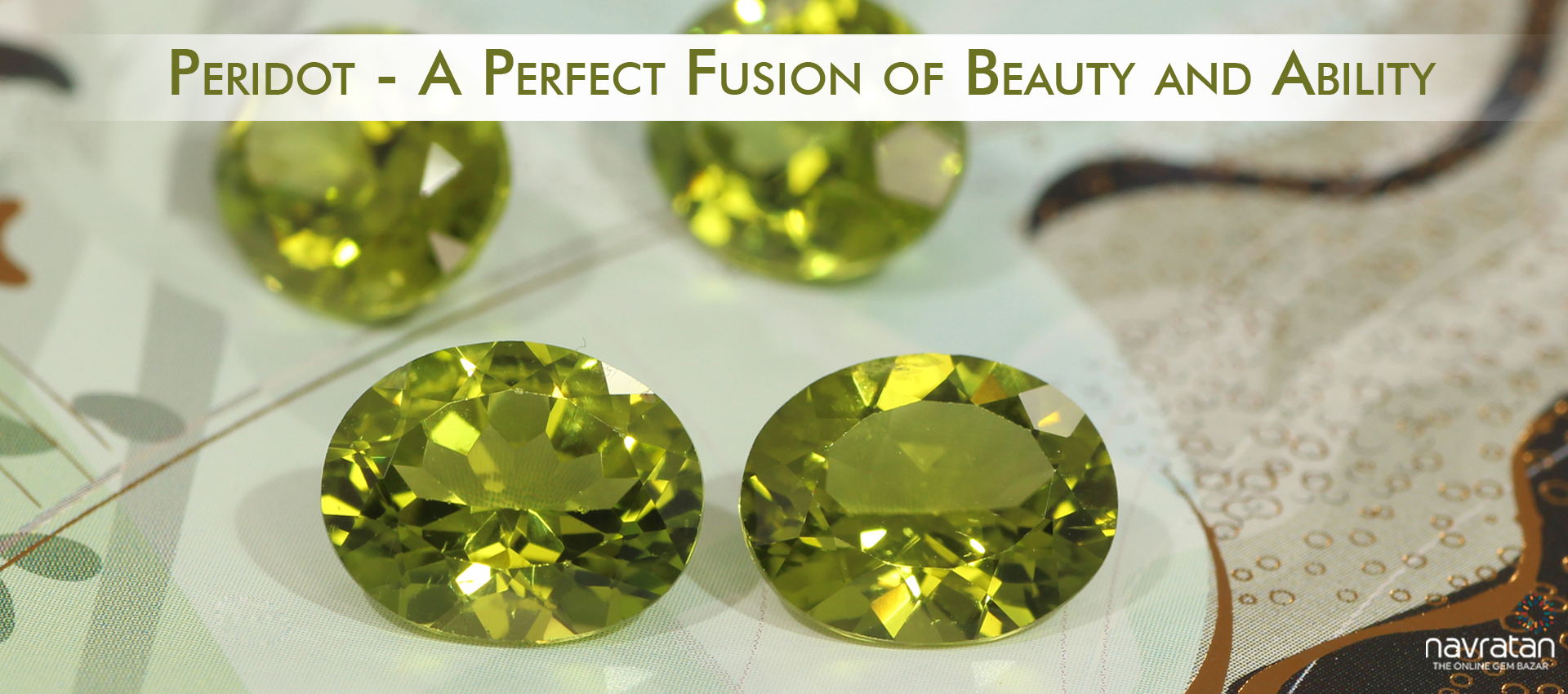 Categories
Categories 
You've been gifted a beautiful pearl necklace and have yet to determine if the pearls are the real deal or imitation. Don't worry, there are a few simple tests you can do yourself to determine if you've got genuine pearls or fakes. As an amateur pearl enthusiast, you may not have expensive or high-tech equipment to analyze gemstones, but luckily, your senses and some essential tools are all you need to get started. In just a few minutes, you can gain confidence in your new accessory or determine if it needs to return to the store. Follow along as we explore how you can quickly tell if your pearl stone are genuine articles or artificial imposters. By the end, you'll be a pearl-testing pro and the life of any dinner party conversation on the topic.

Real pearls have a few telltale signs that set them apart from fakes. Let’s explore these signs:
Real pearls have a gritty, uneven surface that feels slightly rough. Imitation pearls are too smooth and flawless. Run your fingers gently over the pearl - if it's perfectly smooth, it's likely not the real deal.
Read also:- Pearl and its world
When held up to light, a real pearl gives off a soft, warm glow. Fake pearls have an unnatural sheen that looks glassy. Real pearls also have depth to their luster - they seem to glow from within. Imitations have a surface-only luster.
Explore more:- Mysteries of the Pearl Stone
Natural pearls develop over time within oysters, so real pearls often have slight natural imperfections and asymmetries. Fake pearls aim to look too ideal, so they appear too round and flawless. Check for natural-looking ridges or dips in the pearl's surface.
Read must :- How To Wear a Pearl Ring
Hold the pearl up to a light source. Real pearls have a translucent, milky quality that allows some light to pass through. Fake pearls appear opaque or don't allow light through at all.
Due to their organic nature, real pearls feel slightly heavier than imitations of the same size. Real pearls are solid nacre, while fakes are hollow or lighter materials. So trust your instincts - if it feels too light to be real, it probably is.
With a little practice, distinguishing real pearls from imitations can become second nature. Apply these tips next time you're shopping for pearls and you'll be spotting the faux in no time!
Read also:- What Are Keshi Pearls
So you found a pearl and want to know if it’s the real deal or not. There are a few tests you can do to determine if that pearl is authentic.

Gently rub the pearl against the front of your teeth. A real pearl will feel gritty, while an imitation pearl will feel smooth. Real pearls are made up of layers of calcium carbonate that have built up over time around an irritant inside the oyster. This gives real pearls a slightly gritty, sandy texture. Fake pearls are made of plastic or glass and will feel perfectly smooth.
You can also try the same test with your fingernail. Gently rub and scrape the pearl with your nail to feel for that fine, sandy quality. Be very careful not to drop the pearl! This works best if you have natural nails and can detect subtle textures.
If the pearl feels perfectly smooth like glass or plastic, it’s likely not genuine. Real pearls have a slightly uneven, bumpy surface that feels slightly abrasive. Don’t get discouraged though - some high-quality fake pearls can feel quite real, so do a couple of other tests as well to confirm. With a little practice, you’ll be able to tell the difference in no time and will become a pearl authenticity expert!
How’s that? Let us know if you would like us to modify or expand on any part of this draft.
Read more:- Mysteries of the Pearl Stone
The only way to know for sure if your pearl is real or simulated is to have it appraised by a certified gemologist or jeweler. They have the proper training, experience, and equipment to examine your pearl and determine its authenticity.
Visit a jeweler you trust and ask them to examine and appraise your pearl. They will check attributes like surface imperfections, luster, shape, and whether the pearl has a natural or cultured origin. Real pearls that are naturally formed in oysters will have slight imperfections and an uneven, gritty surface. Cultured pearls share these qualities but are human-made. Simulated pearls look too perfect and lack depth and luster.

The jeweler can also do an X-ray to check the pearl's nacre thickness and see if there is a bead nucleus inside, indicating a cultured or simulated pearl. They may also gently rub the pearl against the edge of a tooth to feel if it's gritty like a natural pearl.
While these tests require some equipment, you can also do a few basic checks at home:
● Check for surface imperfections: Real pearls have slight surface irregularities, while simulated pearls look too perfect.
● Test if it's porous: Gently rub the pearl over your teeth to feel if it's gritty. Simulated pearls feel perfectly smooth.
● Examine its luster: Place the pearl under a strong light source. Real pearls have a depth and luster that seems to glow from within. Simulated pearls have a glassy, artificial sheen.
● Check its shape: Most real pearls are not perfectly round. Cultured pearls can be quite symmetrical, but may still look slightly uneven or lopsided. Simulated pearls are too evenly rounded.
● Test if it's weighty: Due to their organic nature, real pearls feel heavier than simulated pearls of the same size. Heave the pearl in your hand to understand its weight and density.
● Hold a match flame up to the pearl: A real pearl will not melt, while a simulated pearl's surface may burn, blister, or crumble. Be very careful, as this test can potentially damage the pearl.
For the most accurate assessment, your jeweler is your best resource. They have the proper expertise and tools to determine if your pearl is the real deal or an imitation.
Read more:- Pearl Stone Benefits
So now you have some insider tips for spotting real pearls from fakes. Armed with this knowledge, you'll be a pearl pro in no time. The next time you're in the market for some pearl baubles or come across a string of pearls at a yard sale or antique store, you'll know just what to look for. Run through the checklist - check for imperfections, see if they're cold to the touch, look for an iridescent glow, and check if they roll smoothly between your fingers. If everything checks out, you may just have found yourself a real treasure. And even if they end up being imitations, at least now you can appreciate all the work that goes into crafting a cultured pearl that can stand up to such scrutiny. The pearl industry has come a long way, baby! So get out there and start putting your new skills to the test. The world of pearls awaits!



Pearl Jewelry Trends Inspired by Pantone Color of the Year 2026
January 5th, 2026
Top Zodiac Signs That Will Shine This Year & Their Gemstones Guide
January 3rd, 2026